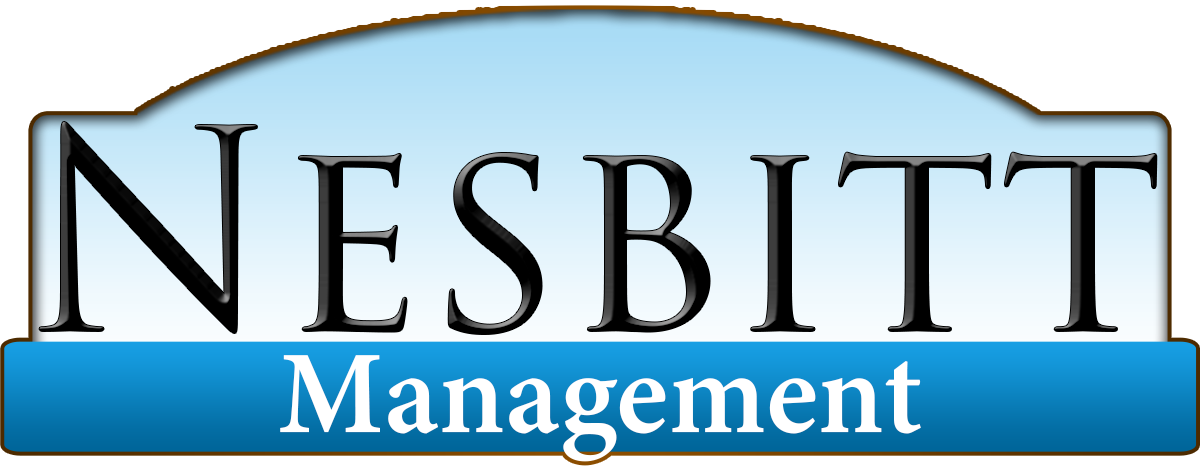In today's world, sustainability isn't just a buzzword; it's a responsibility. At Nesbitt Realty, we believe that incorporating sustainability practices into property management can help save the planet, attract eco-conscious tenants, and reduce long-term costs. Let’s delve into some practical ways to make your property management more sustainable.
Energy Efficiency
Energy efficiency is a cornerstone of sustainable property management. Simple changes can lead to significant savings and environmental benefits. Start with energy-efficient lighting. LED bulbs use up to 75% less energy than traditional incandescent bulbs and last 25 times longer. Plus, they’re great for those times you forget to turn off the lights because who doesn’t love a bulb that just keeps on shining?
Water Conservation
Water conservation is another crucial aspect of sustainability. Installing low-flow faucets, showerheads, and toilets can dramatically reduce water usage. Additionally, consider implementing a landscaping strategy that includes drought-resistant plants and efficient irrigation systems. Imagine your tenants having a lush, green lawn that doesn’t guzzle water like a marathon runner after a race.
Waste Reduction
Reducing waste is essential for sustainable property management. Encourage tenants to recycle by providing clearly labeled recycling bins and information on what can be recycled. Composting is another excellent way to reduce waste and can be particularly effective in properties with gardens or green spaces. Providing tenants with compost bins and instructions on how to use them can significantly cut down on landfill waste. Plus, who doesn’t love the idea of turning trash into treasure?
Sustainable Building Materials
When it comes time for renovations or repairs, opt for sustainable building materials. Reclaimed wood, bamboo, and recycled metal are all excellent choices that reduce the demand for new resources. Additionally, using low-VOC (volatile organic compounds) paints and finishes can improve indoor air quality, benefiting both the environment and tenant health. Think of it as giving your property a green makeover—Mother Nature will thank you.
Renewable Energy
Investing in renewable energy sources is a significant step towards sustainability. Solar panels, for example, can provide a substantial portion of a property’s energy needs, reducing reliance on fossil fuels. While the initial investment can be high, government incentives and long-term energy savings make it a financially viable option. Additionally, installing solar panels can be a strong selling point for attracting environmentally conscious tenants. After all, who wouldn't want to brag about having solar-powered Netflix binges?
Green Certifications
Obtaining green certifications for your properties can enhance their appeal and value. Certifications like LEED (Leadership in Energy and Environmental Design) or Energy Star demonstrate a commitment to sustainability and can make properties more attractive to potential tenants and buyers. These certifications often come with added benefits, such as tax incentives and higher rental rates.
Tenant Engagement
Engaging tenants in sustainability efforts is crucial for long-term success. Communicate the importance of sustainability and provide tips on how tenants can contribute. Simple actions like turning off lights when not in use, reducing water waste, and properly sorting recycling can make a big difference. Consider hosting sustainability workshops or providing informational materials to educate tenants on eco-friendly practices. And, of course, a little friendly competition never hurts—who can recycle the most in a month?
Case Study: A Sustainable Approach
Take, for example, the case of a property that implemented several sustainable practices, including installing energy-efficient appliances, low-flow water fixtures, and solar panels. They also provided tenants with recycling bins and composting options. As a result, the property saw a 30% reduction in energy costs and a significant decrease in water usage. The complex also attracted a higher number of environmentally conscious tenants, leading to a lower vacancy rate and higher tenant satisfaction.
Conclusion
Incorporating sustainability practices into property management is not only beneficial for the environment but also for your bottom line. Energy efficiency, water conservation, waste reduction, sustainable materials, renewable energy, green certifications, and tenant engagement are all critical components of a successful sustainability strategy. By making these changes, you can create a more sustainable future for your properties and the planet.
By implementing these practices, property managers can significantly contribute to environmental conservation while also reaping financial and reputational benefits. Sustainability is not just a trend; it’s the future of property management, and at Nesbitt Realty, we are committed to leading the way in this green revolution.
